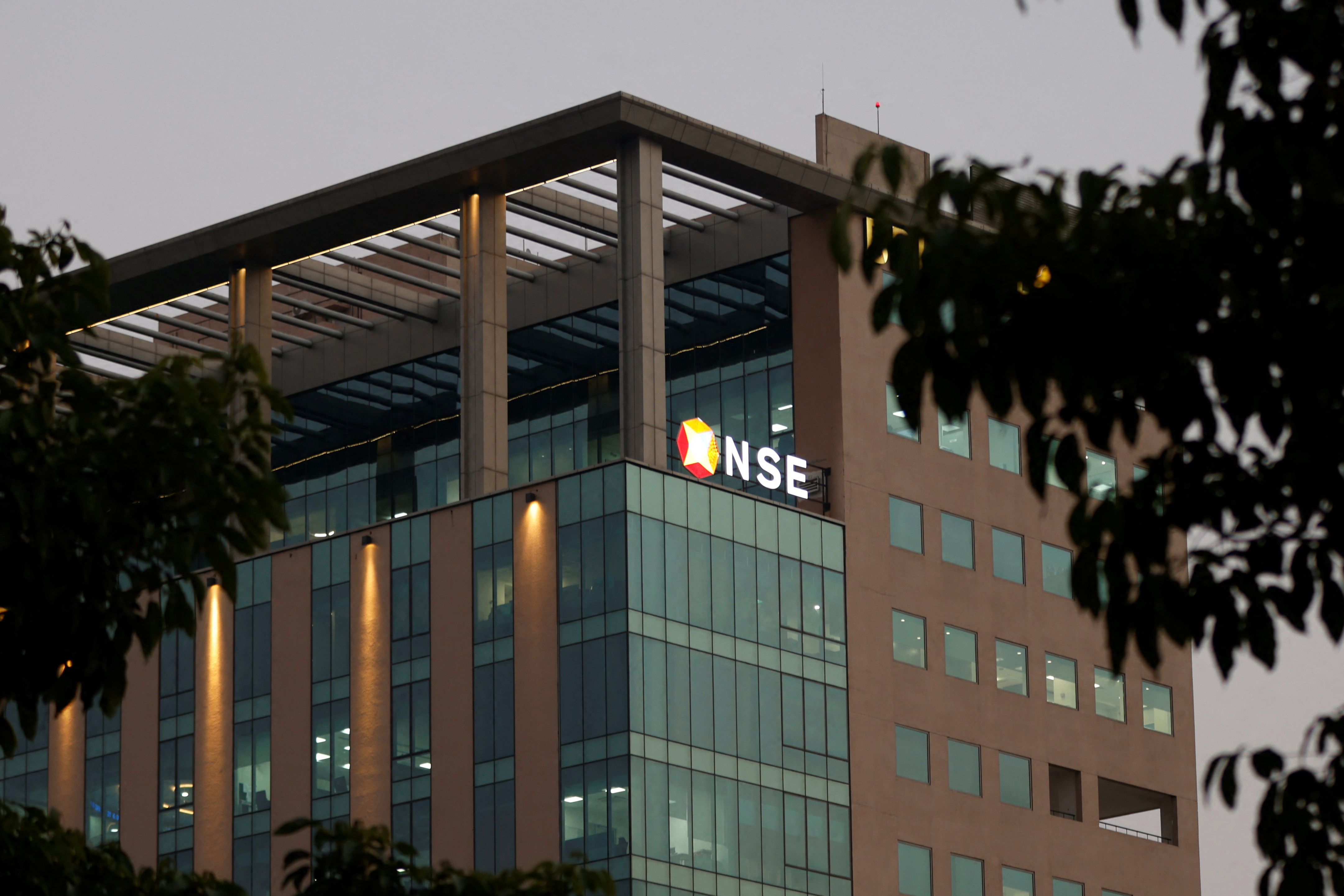Global Markets Respond to Inflation and Interest Rates
Recent inflation data and central bank decisions impact global markets from the US to Qatar, influencing stocks, currencies, and commodities like gold.
Published May 17, 2024 - 00:05am

Image recovered from emaratalyoum.com
As global markets react to economic indicators, the interplay between inflation data, currency valuations, and central bank policies is becoming more evident. Qatar's stock market started the day on a positive note, with the Qatar Stock Exchange index gaining 61.44 points, supported by most sectors except communications, which saw a minor decrease. Early trades were robust with 97.989 million Qatari Riyal worth of shares being exchanged, indicating investor confidence.
In the United States, recent inflation data showed a slowdown, encouraging speculation of a sooner-than-expected interest rate cut by the Federal Reserve. The dollar experienced a multifold impact from these expectations, registering a drop to a multiple-month low, which supported other major currencies including the yen, euro, and the currencies of commodity-exporting countries like Australia. These shifts in the currency market reflect the interconnectedness of global financial systems and the significant role that US economic indicators play in them.
This pattern continued with Wall Street indices like the S&P 500 and NASDAQ hitting record highs, fueled by investor optimism about potential rate cuts following softer-than-expected consumer price inflations. In contrast, the US stock market demonstrated resilience, as the indexes recorded gains despite a more robust producer price index report than anticipated, suggesting inflationary pressures might still be at play.
In the commodity markets, gold prices surged to a four-week high, bolstered by the weakening dollar and lowering US Treasury yields. This uptick illustrates gold's appeal as a hedge against inflation and currency devaluation.
European stock markets too enthusiastically responded to the US inflation data and local robust earnings reports, with key indexes reaching record levels. The European markets ride on optimism fueled by the anticipation of rate cuts from both the Federal Reserve and the European Central Bank, contrasting the typical pattern of cautious trading that often prevails before significant economic announcements.
These developments across globe markets are critical for investors trying to navigate through the ever-shifting landscape of international finance, influenced by policy shifts and economic forecasts.
As global markets react to economic indicators, the interplay between inflation data, currency valuations, and central bank policies is becoming more evident. Qatar's stock market started the day on a positive note, with the Qatar Stock Exchange index gaining 61.44 points, supported by most sectors except communications, which saw a minor decrease. Early trades were robust with 97.989 million Qatari Riyal worth of shares being exchanged, indicating investor confidence.
In the United States, recent inflation data showed a slowdown, encouraging speculation of a sooner-than-expected interest rate cut by the Federal Reserve. The dollar experienced a multifold impact from these expectations, registering a drop to a multiple-month low, which supported other major currencies including the yen, euro, and the currencies of commodity-exporting countries like Australia. These shifts in the currency market reflect the interconnectedness of global financial systems and the significant role that US economic indicators play in them.
This pattern continued with Wall Street indices like the S&P 500 and NASDAQ hitting record highs, fueled by investor optimism about potential rate cuts following softer-than-expected consumer price inflations. In contrast, the US stock market demonstrated resilience, as the indexes recorded gains despite a more robust producer price index report than anticipated, suggesting inflationary pressures might still be at play.
In the commodity markets, gold prices surged to a four-week high, bolstered by the weakening dollar and lowering US Treasury yields. This uptick illustrates gold's appeal as a hedge against inflation and currency devaluation.
European stock markets too enthusiastically responded to the US inflation data and local robust earnings reports, with key indexes reaching record levels. The European markets ride on optimism fueled by the anticipation of rate cuts from both the Federal Reserve and the European Central Bank, contrasting the typical pattern of cautious trading that often prevails before significant economic announcements.
These developments across globe markets are critical for investors trying to navigate through the ever-shifting landscape of international finance, influenced by policy shifts and economic forecasts.
Asian markets also felt the ripple effects, with some indices making modest gains as investors processed the potential implications of a more relaxed monetary policy stance in the US. In particular, China's Shanghai Composite and Hong Kong's Hang Seng Index saw increases, reflecting a combination of regional economic developments and the global impact of the US economic data. These Asian markets are particularly sensitive to fluctuations in the dollar as trade flows and regional financing mechanisms are closely tied to currency dynamics.
Moreover, central banks in emerging markets are closely monitoring the situation, considering how to adjust their interest rate policies and currency management strategies in response to the Federal Reserve's movements. A potential rate cut by the US central bank could alleviate some of the pressure on emerging market currencies, which have been challenged by a stronger dollar in the past months. This, in turn, could bolster investor sentiment and inject more capital into these markets, fostering growth and stability.
In Latin America, Mexico's peso and Brazil's real strengthened against the dollar as well, highlighting the broader impact of the Federal Reserve's policy outlook. Latin American economies, which have been grappling with their own inflationary challenges and fiscal pressures, may find some relief if a softer dollar eases the cost of imports and external debt servicing.
Furthermore, oil prices also fluctuated with the changing market sentiments, as a weaker dollar typically makes the dollar-priced commodity cheaper for holders of other currencies. The linkage between commodity prices and currency valuations underscores the complexity of market dynamics, where a change in one facet can have cascading effects across various asset classes.
Fixed income markets are equally attentive to the developments in inflation and interest rates. The bond markets saw a slight dip in yields in the wake of the inflation report, which aligns with expectations of lower interest rates. The yield on the 10-year U.S. Treasury note, a benchmark for global borrowing costs, retreated from its recent peaks, providing an impetus for investors to reevaluate their portfolios in terms of risk and exposure.
Crypto-currency markets, which often operate independently of traditional financial markets, demonstrated an interesting convergence with the broader economic sentiment. Bitcoin and other major digital currencies experienced a surge in value, partly attributed to the search for non-traditional assets in a potentially lower-interest rate environment. This movement exhibits the increasing integration of crypto-assets into the gamut of options available to investors amid global economic shifts.
The concatenation of these market reactions underscores the importance of global economic linkages in today's investment world. For policymakers, market analysts, and investors alike, staying informed and agile in response to the constant flow of economic data and policy changes is imperative for strategic decision-making and risk management in a complex global financial ecosystem.







